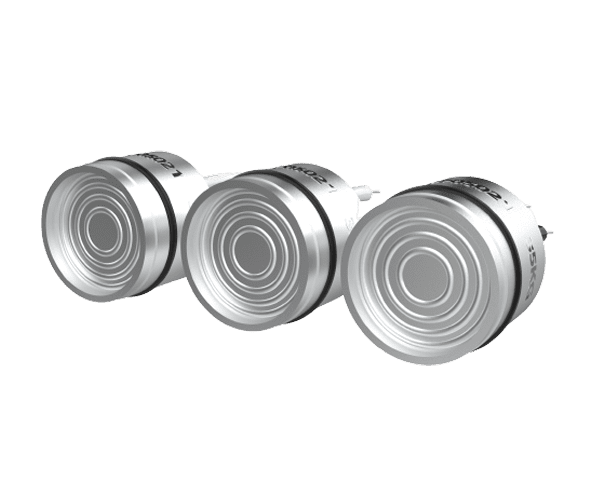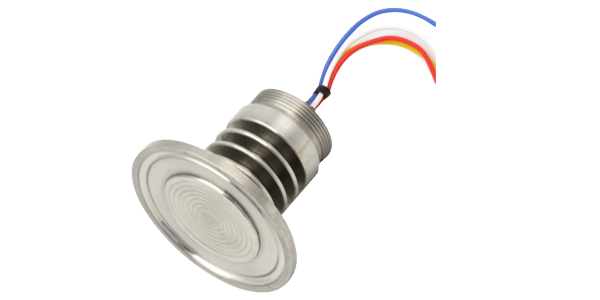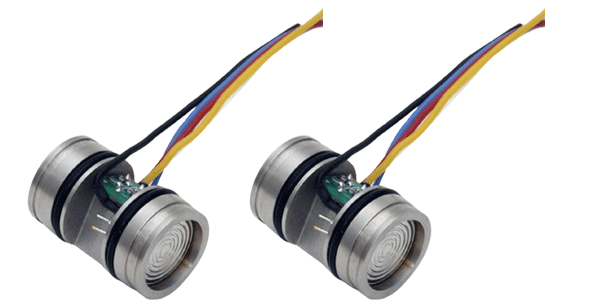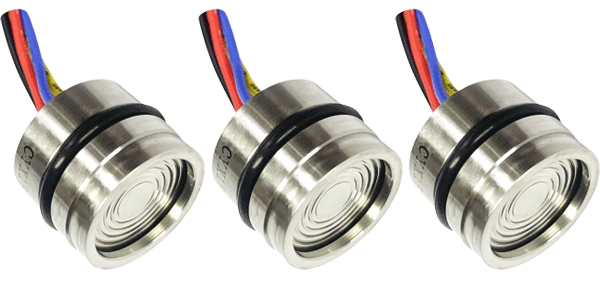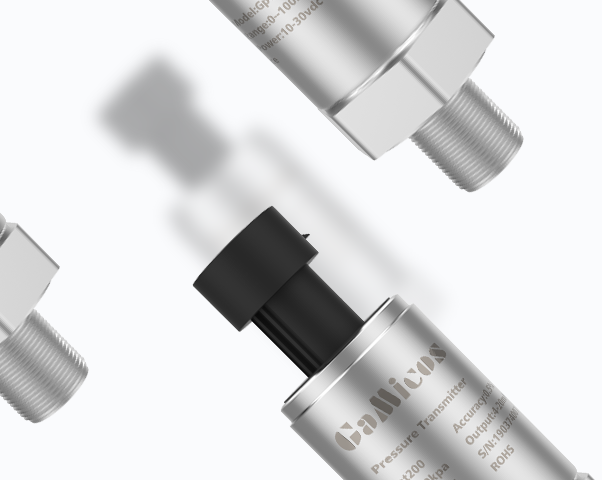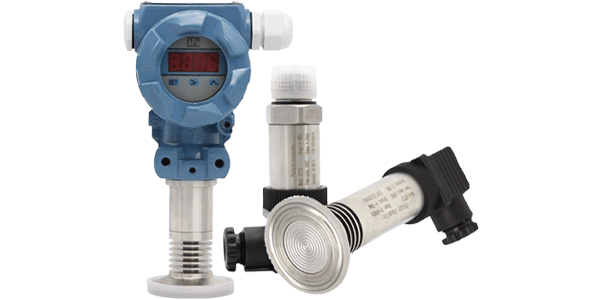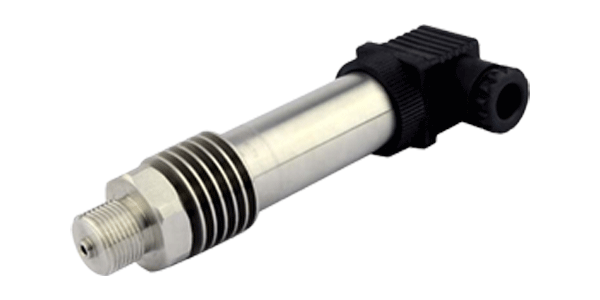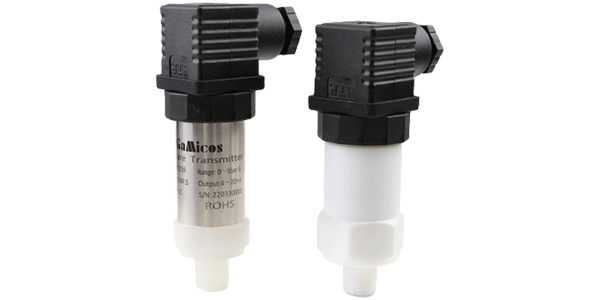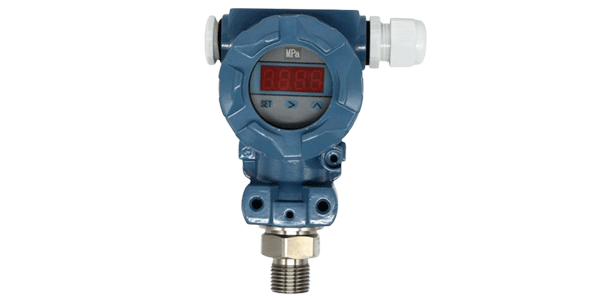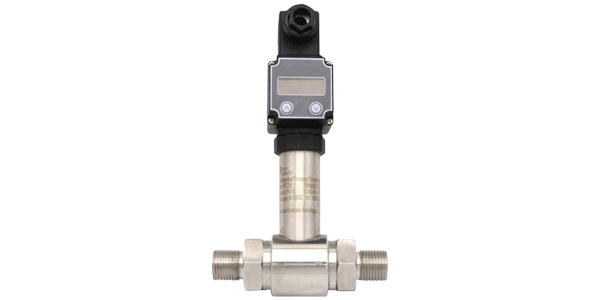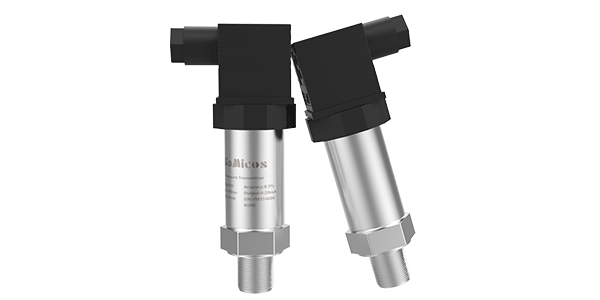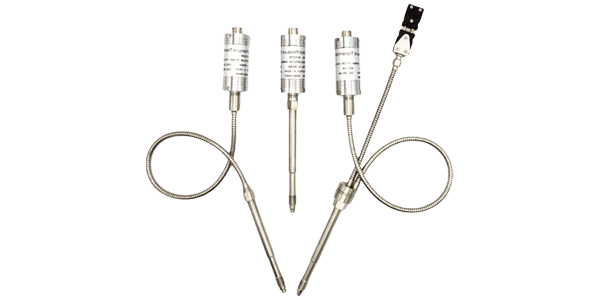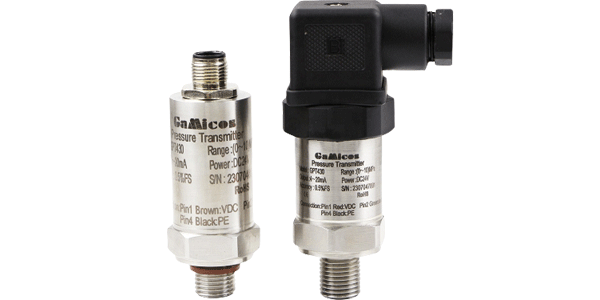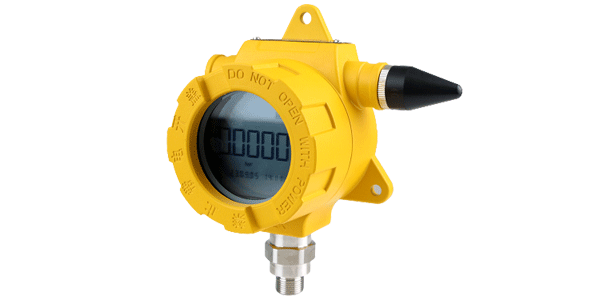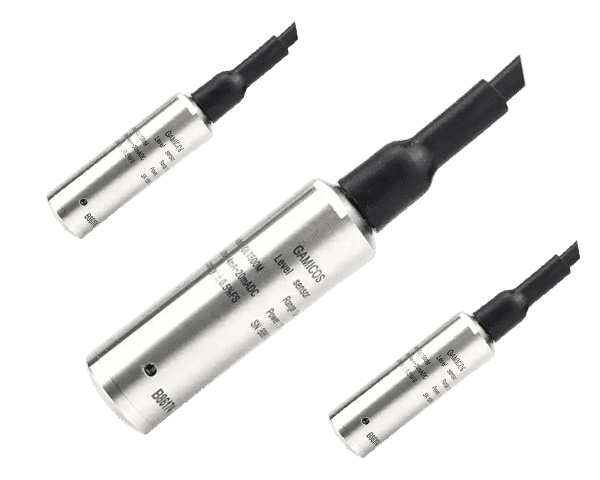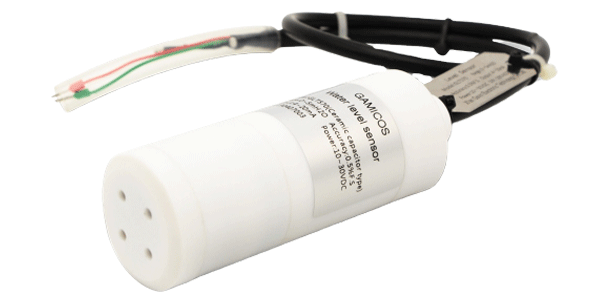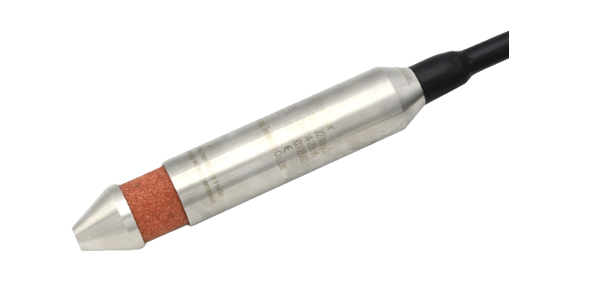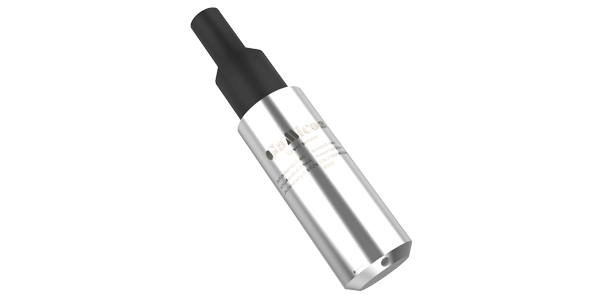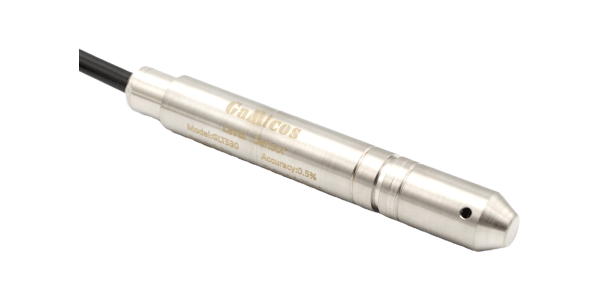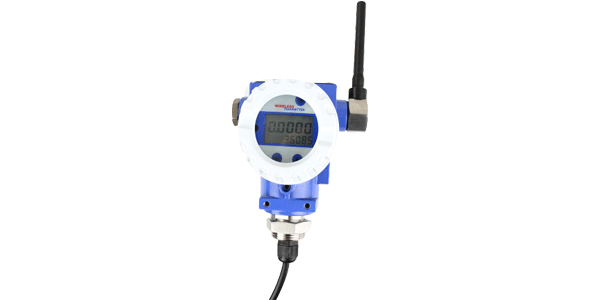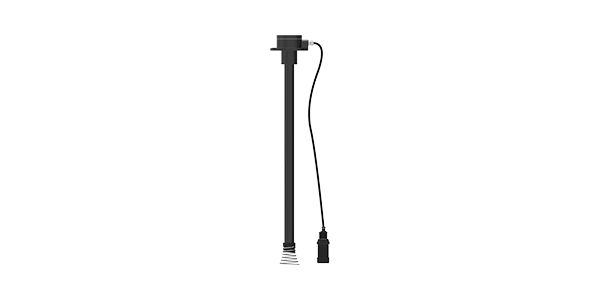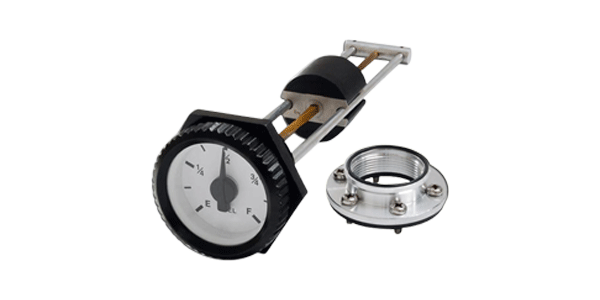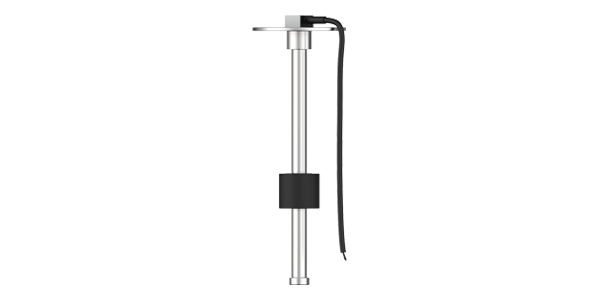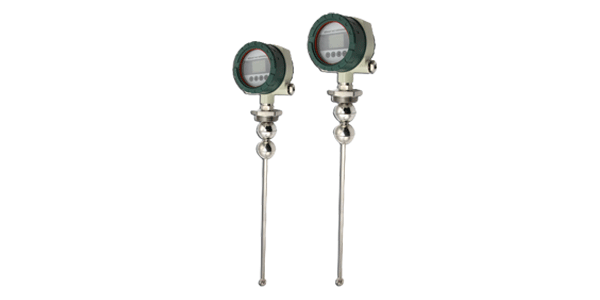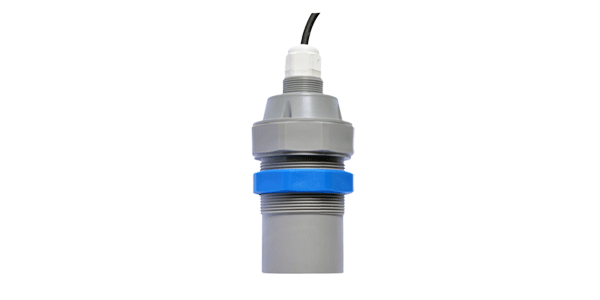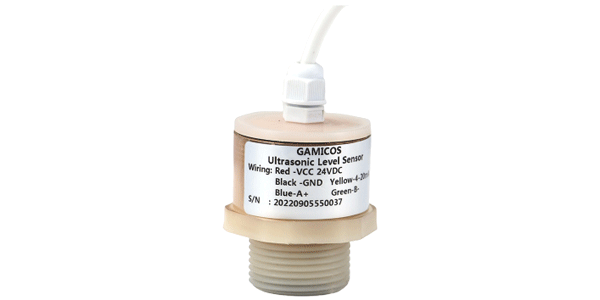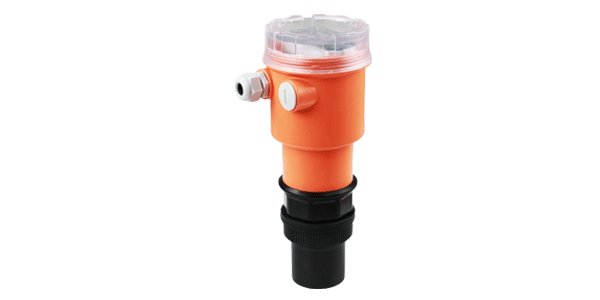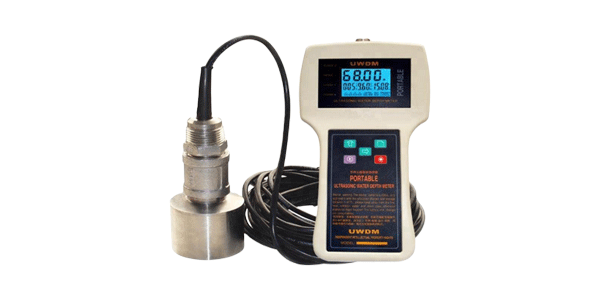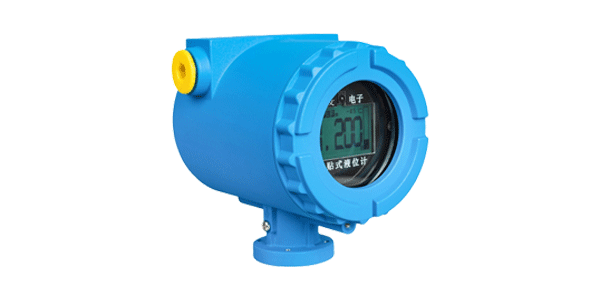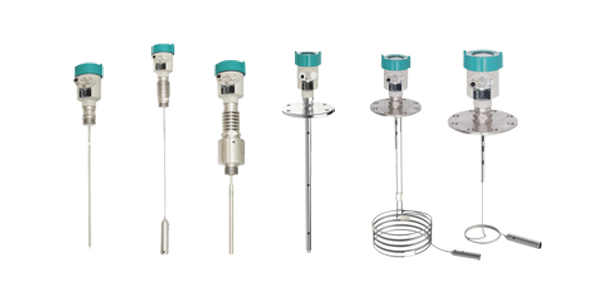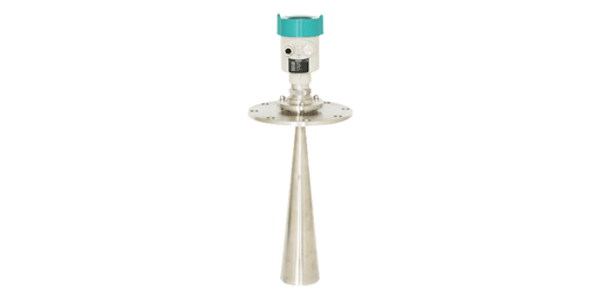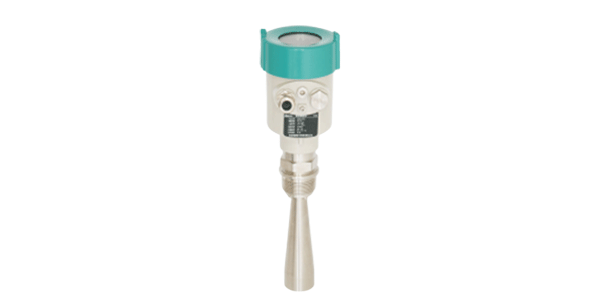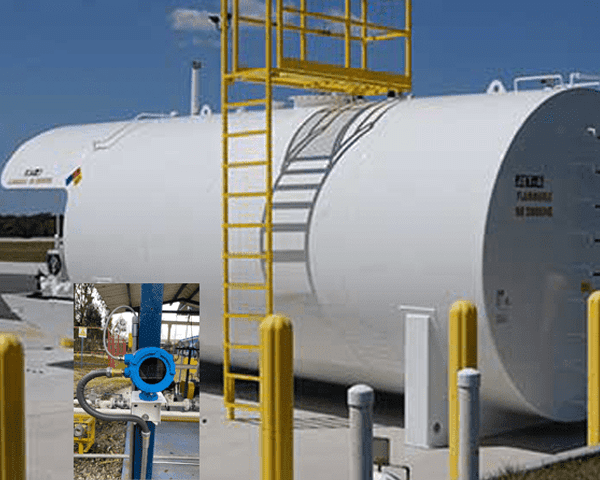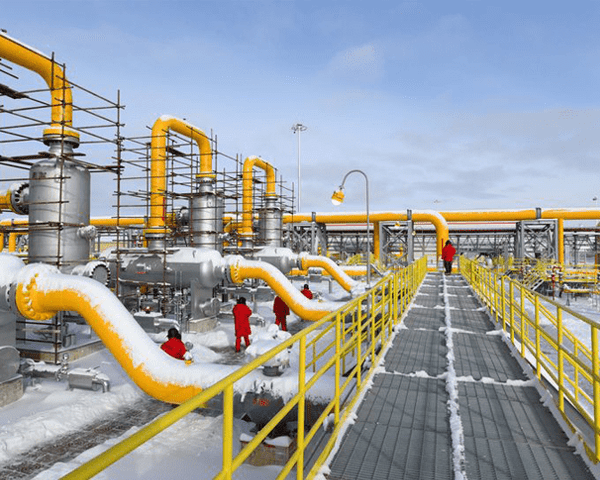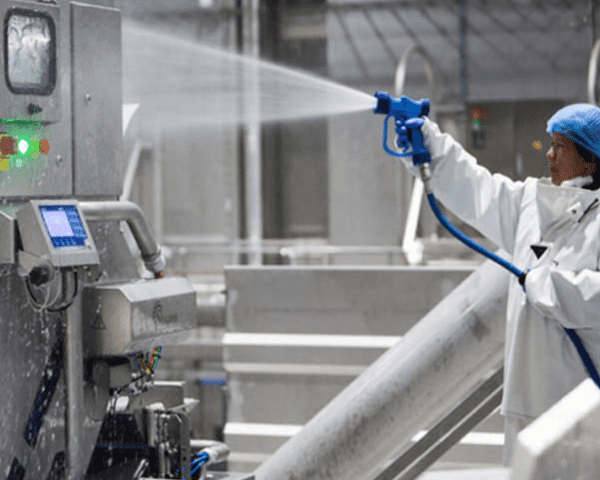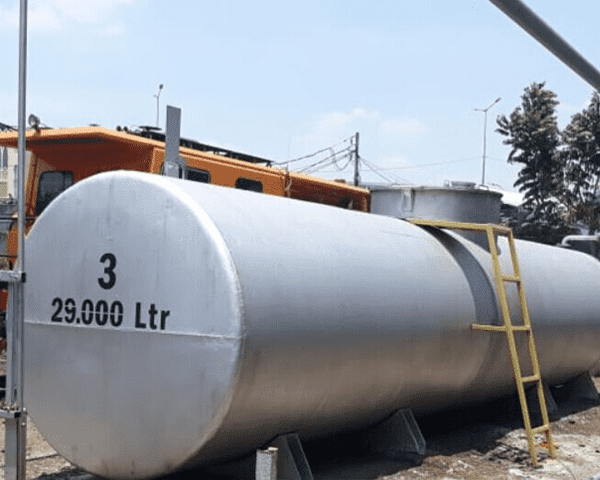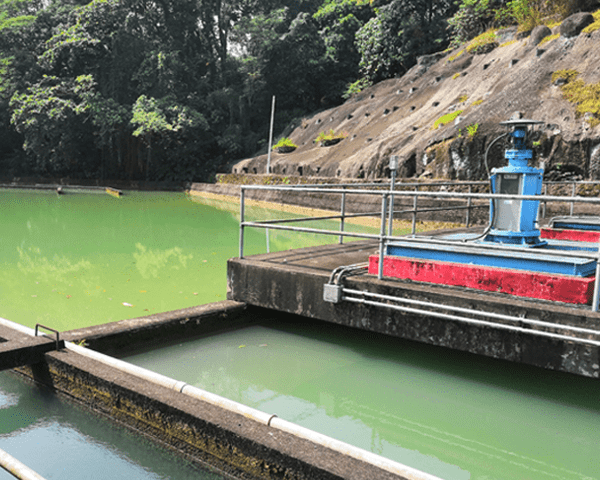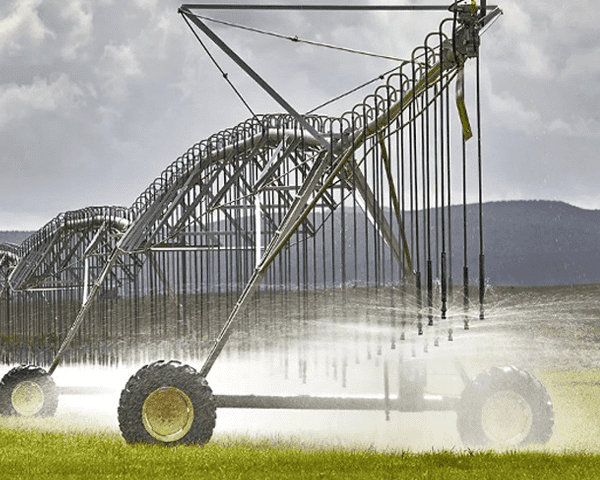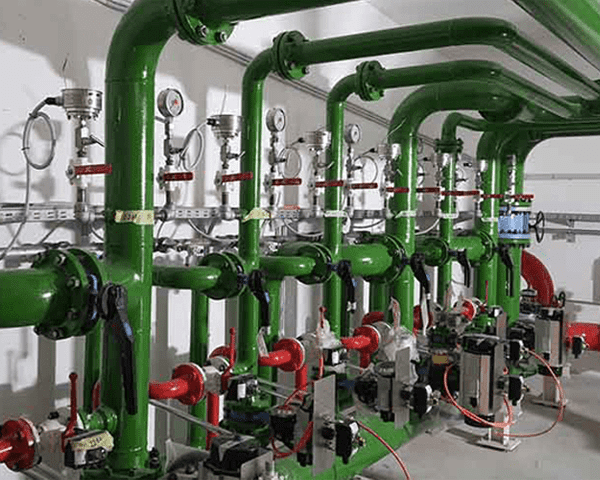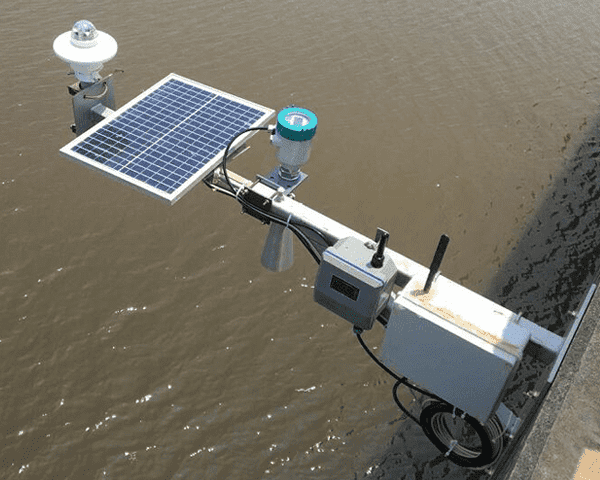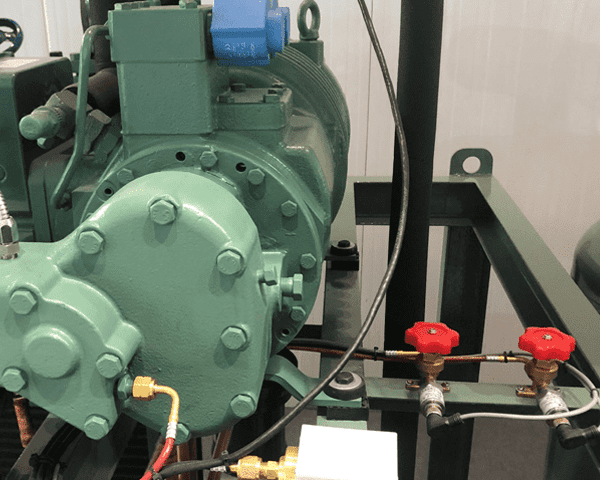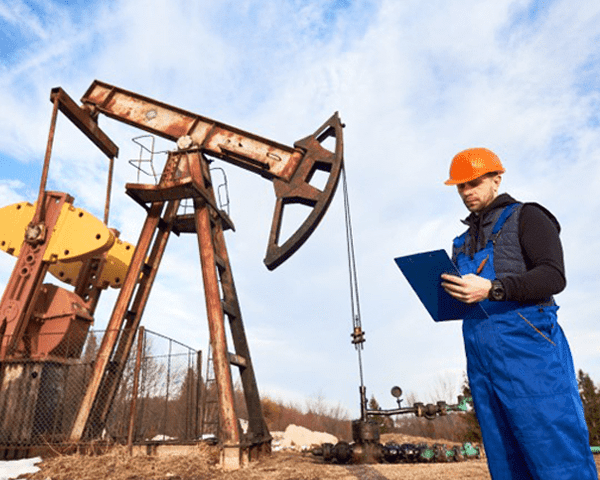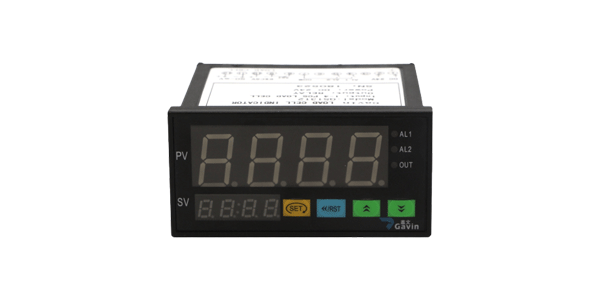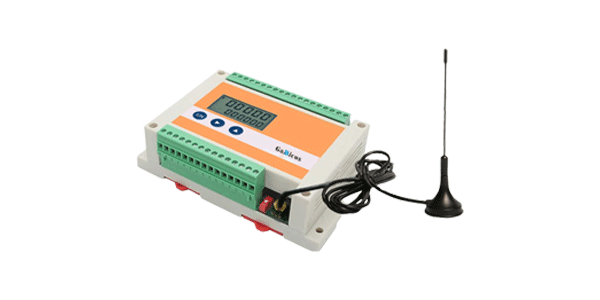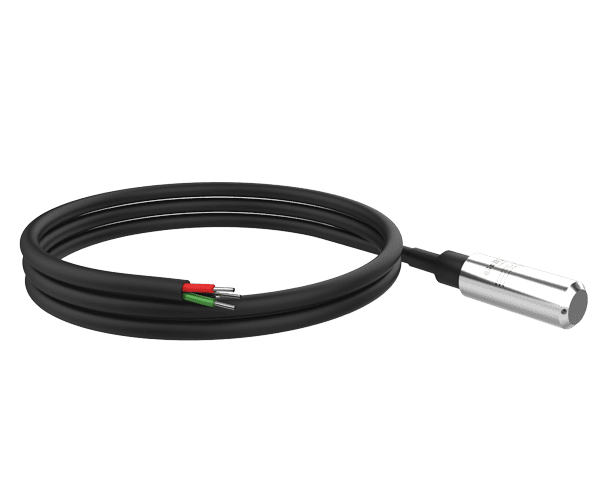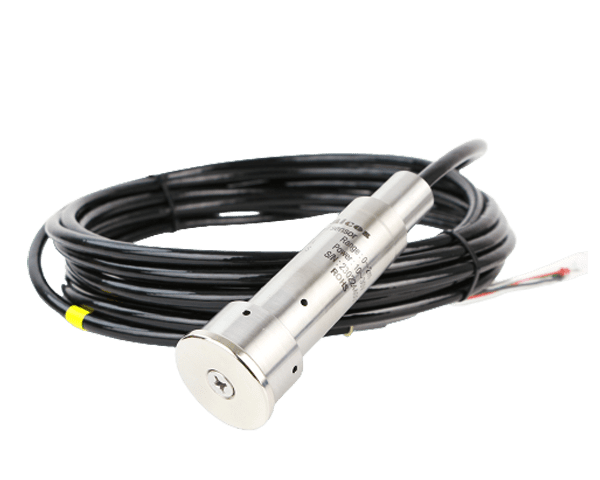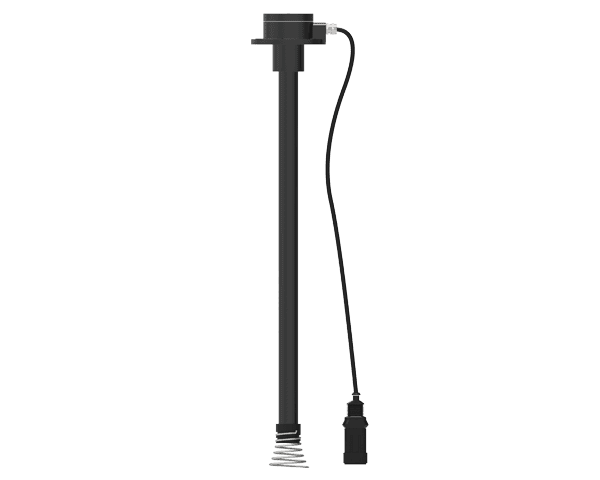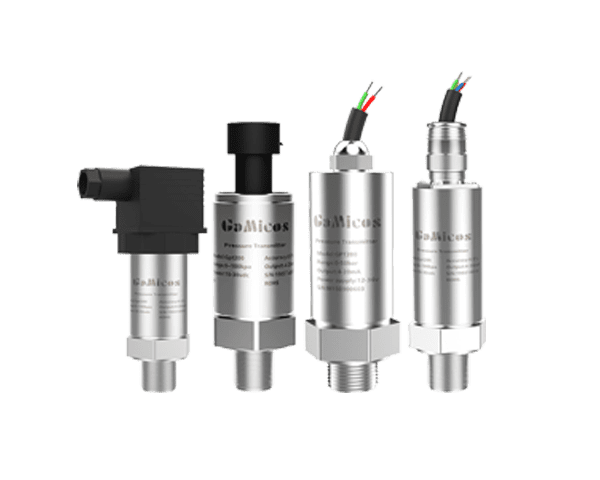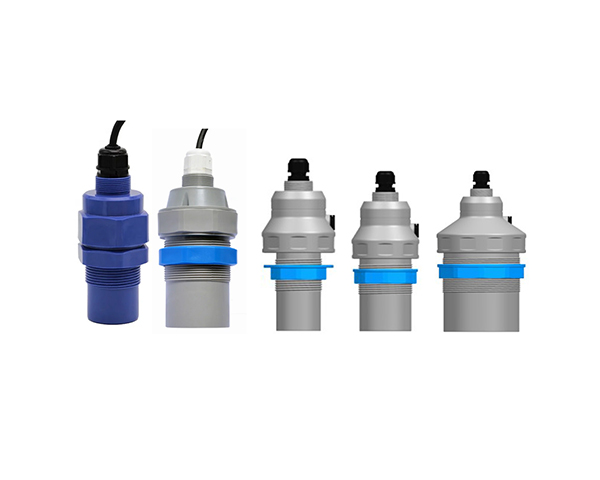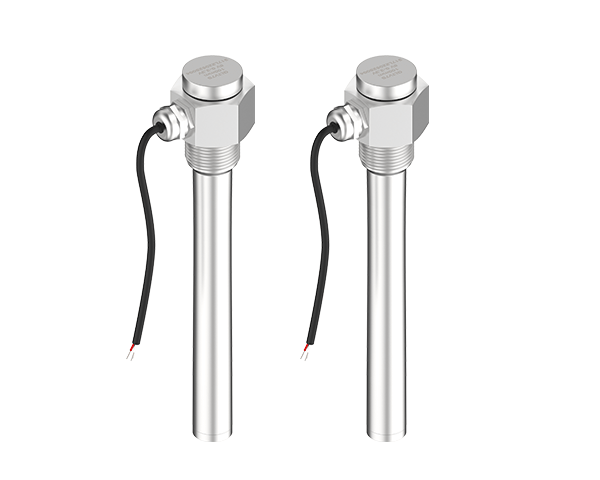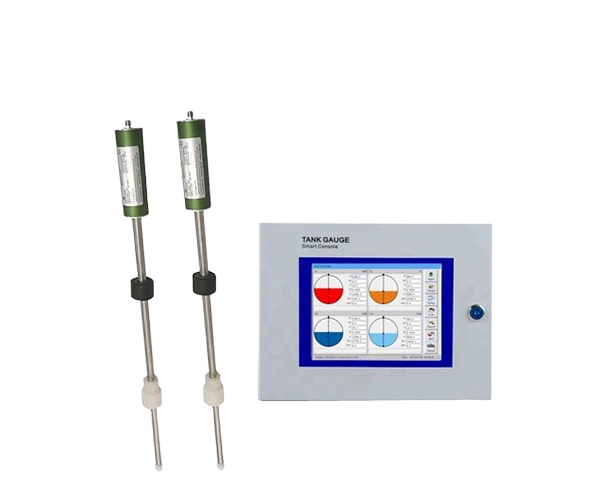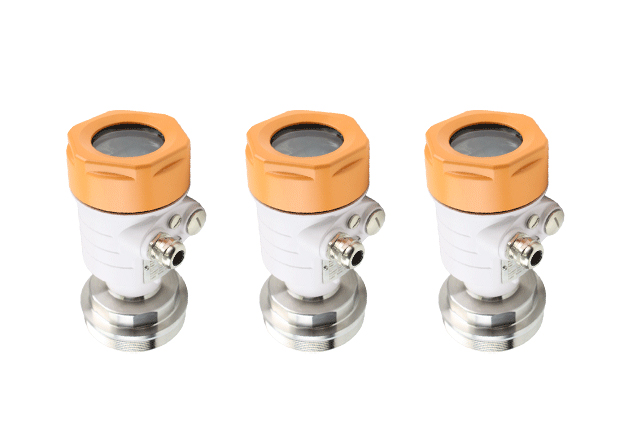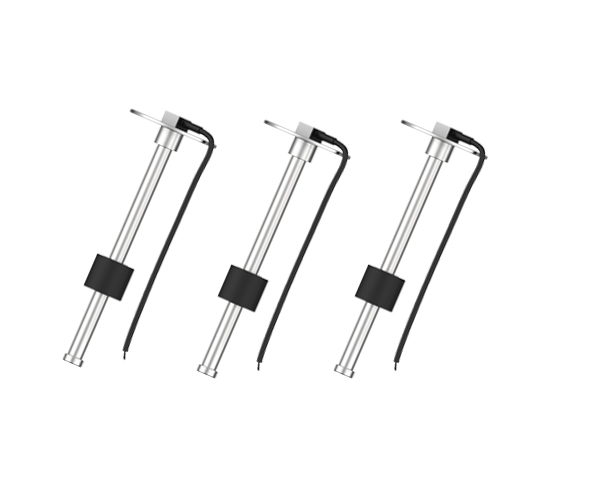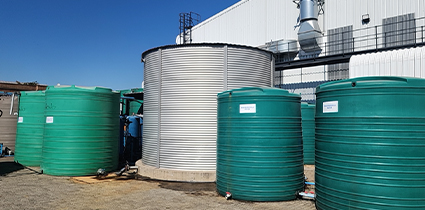Water level sensor is used to measure water level, it is widely used in rivers and lakes, dams, water tanks, etc. This article show you the definition, working principle, types and applications of water level sensor.
What is a Water Level Sensor?
Water level sensor is a kind of device to detect and measure the water level in a water tank or container. It typically uses the probes or sensors immersed in the water to measure the distance between sensors and water level, and then uses the information to determine the current water level, trigger the alarms, control the pumps and provide data for the automatic systems. The water level transmitter is usually used in various applications, like water tanks, wells, sewage treatment, and industrial processes to ensure suitable water management to prevent overflow or water shortage.
The working principle of submersible level transmitter is the hydrostatic pressure. The sensor is usually installed on the bottom of the tanks or the containers that are filled with water. The pressure exerted by the column of the liquid on the sensor changes as the liquid level rises or falls. The sensor can convert pressure into electrical signals, and then transmit it to the control system for monitoring and controlling.
The sensor consists of diaphragm that contacts with liquid directly and sensing elements. When liquid level changes, the pressure on the diaphragm also changes, causing it to deform. The sensor or the strain gauge can detect the deformation and transmit it to the electric signals proportional to the liquid level.
The submersible level sensor is usually used in the applications that need accurate and reliable liquid level measurement, such as water and sewage treatment, chemical processing, and oil and gas industries. They are suitable for corrosive liquids, viscous liquids or those containing suspended solids, because they are directly installed in the liquids, not affected by external factors such as temperature or pressure.
Types of water level sensor
Water level sensor can be classified different categories according to its working principle and technology. One common classification is based on the sensor technology, like float level switches, capacitive level sensors, ultrasonic level sensors, pressure level sensors and optical level sensors.
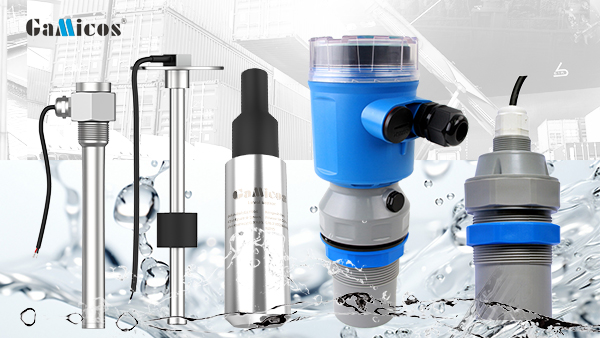 Float level switch is also called float switch or flow level sensors, is a kind of device that detect liquid level of the tanks or containers. It consists of a buoyant float that rises or falls with the liquid level, and a switch mechanism that is activated when the float reaches a certain position. When the liquid level reaches the certain position, the float rises or falls and triggers the switch mechanism. This can be control pumps, valves, alarms or other devices to maintain a desired liquid level or prevent overflow.
Capacitive level sensor is a kind of sensor to measure liquid or solid level in a container. Its working principle is to detect the capacitance variations between sensors and the measured materials. As the liquid level changes, the capacitance between the sensor and material changes, allowing the sensor to accurately determine the water level. Capacitive level sensor is usually used in industrial applications to monitor and control liquid and solid level of tanks, silos and other storage containers
Ultrasonic level sensor is a kind of device to measure liquid or solid level of tanks or containers by using ultrasonic sound waves. It emits high frequency sound waves which are reflected back from material surface and detected by the sensor. The time it takes the sound waves to return to the sensor is used to calculate the distance to the material surface, which in turn determines the level of the material in the tank. Ultrasonic level transmitters are commonly used in industrial applications to monitor and control the level of various materials (eg, water, chemicals, and powders)
Pressure level sensor is a kind of device to measure fluid level and provides the output signal which is proportional to the pressure. It is usually used in industrial applications to monitor and control pressure in the various processes to ensure the optimal performance and security. The sensor usually consists of sensing components, which sensing pressure changes and transmits it into electric signals. These electrical signals can be displayed or transmitted to a control system for further analysis and action.
Float level switch is also called float switch or flow level sensors, is a kind of device that detect liquid level of the tanks or containers. It consists of a buoyant float that rises or falls with the liquid level, and a switch mechanism that is activated when the float reaches a certain position. When the liquid level reaches the certain position, the float rises or falls and triggers the switch mechanism. This can be control pumps, valves, alarms or other devices to maintain a desired liquid level or prevent overflow.
Capacitive level sensor is a kind of sensor to measure liquid or solid level in a container. Its working principle is to detect the capacitance variations between sensors and the measured materials. As the liquid level changes, the capacitance between the sensor and material changes, allowing the sensor to accurately determine the water level. Capacitive level sensor is usually used in industrial applications to monitor and control liquid and solid level of tanks, silos and other storage containers
Ultrasonic level sensor is a kind of device to measure liquid or solid level of tanks or containers by using ultrasonic sound waves. It emits high frequency sound waves which are reflected back from material surface and detected by the sensor. The time it takes the sound waves to return to the sensor is used to calculate the distance to the material surface, which in turn determines the level of the material in the tank. Ultrasonic level transmitters are commonly used in industrial applications to monitor and control the level of various materials (eg, water, chemicals, and powders)
Pressure level sensor is a kind of device to measure fluid level and provides the output signal which is proportional to the pressure. It is usually used in industrial applications to monitor and control pressure in the various processes to ensure the optimal performance and security. The sensor usually consists of sensing components, which sensing pressure changes and transmits it into electric signals. These electrical signals can be displayed or transmitted to a control system for further analysis and action.
Optical level sensor is a kind of device that utilize light to detect level of liquid of solid materials in tanks or containers. It typically consists of light source, receiver and a sensing element that measures amount of light that is transmitted or reflected back from the surface of the material. The sensor can accurately determine the liquid level of the materials through analyzing the intensity of the light signal, and then provide the real time date for monitoring and controlling purposes. The optical level sensor usually needs accurate liquid level measurement industrial applications, such as chemical processing, food and beverage production, and water treatment devices.
Applications of water level sensor
Water level sensor is used to measure liquid level of the particular area (eg. water tanks, reservoirs, or rivers). These sensors are necessary in various industries and applications, because monitoring liquid level is extremely important to safety, efficiency and environmental protection.
The common application of water level sensor is water treatment plants. These sensors are used to monitor the liquid level of water tanks and reservoirs to make sure that there are enough water to process. By accurately measuring water levels, operators can prevent overflows or shortages. This may prevent device damage or water pollution.
In agricultural industries, the water level sensor can be used to monitor irrigation system and make sure that the crops can get the appropriate amount of water. By measuring water levels in the soil or irrigation channels, farmers can optimize water use and prevent water waste, ultimately increasing crop yields and reducing costs.
The water level sensor can be also used in flood monitoring system to remind authorities and residents of possible flooding events. These sensors can provide early warning and help decrease the influence of flooding on communities.
Above all, the water level sensor plays extremely role in various industries and applications. It contributes to the water safety, efficiency and environmental protection. Their precise and real-time measurements make them an indispensable tool for effectively monitoring and managing water levels.
